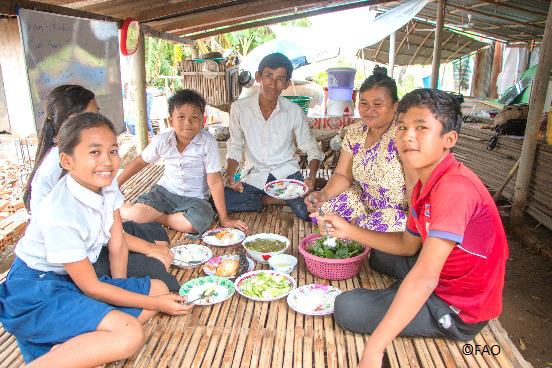Investing for results

With a significant proportion of the coastal population in the Democratic People’s Republic of Korea’s deriving their livelihood from fishing, aquaculture and other marine activities, the project aimed to...

Consumer demand for safe food with low environmental impact is increasing everywhere, including the Asia region, offering new opportunities to organic producers. However, because of the high cost...

Recurrent crises have eroded the coping capacities of subsistence farming populations and weakened livelihoods in both the Sahel and the Horn of Africa. With the majority of the...
.jpg)
Food safety has long been an issue in Viet Nam, concerning both consumers and government officials. Through the adoption of the Food Safety Law 2010 and subordinate instruments, the Government...

Agriculture is the most important sector for the economy of Ghana, and for its continued growth, the use and management of agricultural inputs, such as pesticides, had to...
.jpg)
Agriculture has traditionally been the backbone of Swaziland’s economy but has experienced severe decline. Its contribution to GDP has decreased gradually over the last two decades due to...

In early March 2015, Tropical Cyclone Pam caused severe flooding and destruction to major food crops on the low-lying outer islands of Nui, Nukulaelae and Nanumaga. Following a request for...
.jpg)
A major challenge faced by the United Arab Emirates is the sustainability of their natural resources, above all water. Traditionally, water demands have been met through the exploitation of groundwater....
.jpg)
Hainan Province is a major source of winter-vegetables supply to northern China, producing about 4.5 million tonnes annually. Intensive farming has led to excessive use of water, fertilizers and pesticides,...
.jpg)
Over the last decade, low rainfall and the persistent threat of climate change have left 21 percent of Swaziland food insecure, with almost the entire population failing to eat an...
